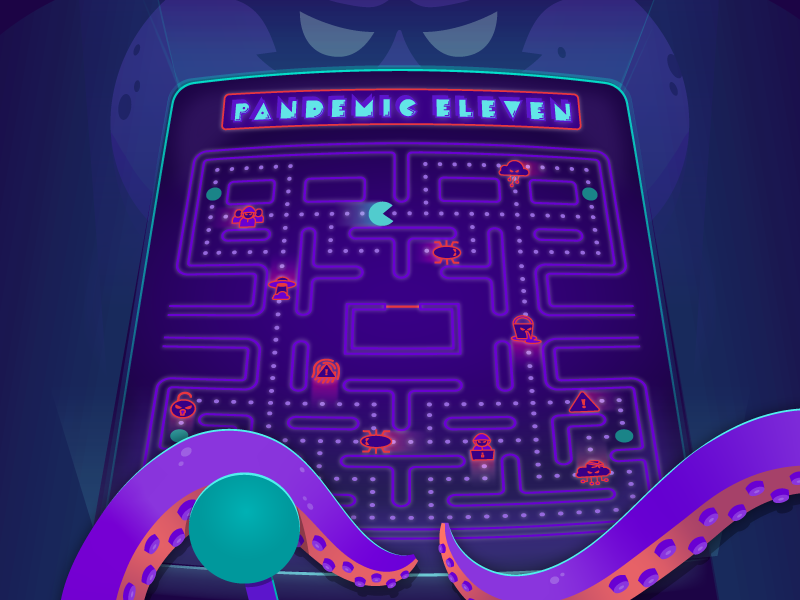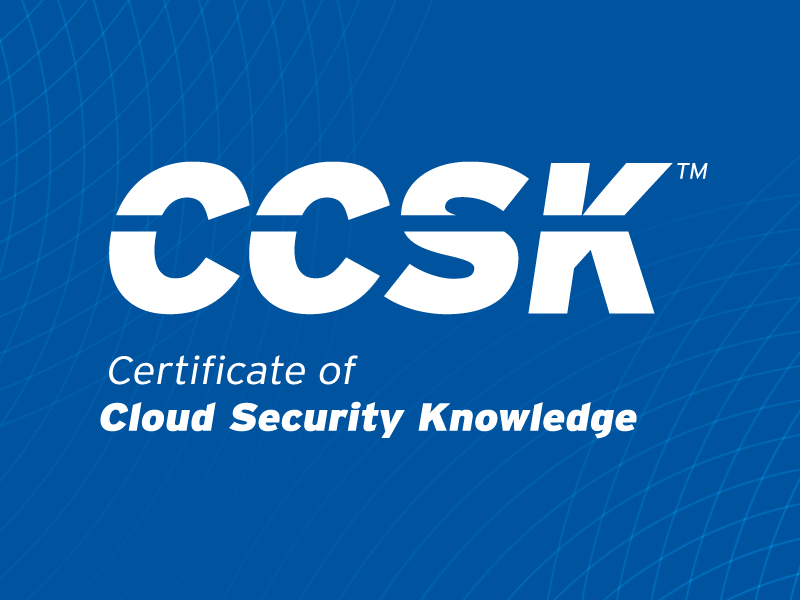It’s Time to Make Cloud Threat Modeling Continuous
Published 11/20/2025
If you still run threat modeling as a one-time design activity, you’re missing the whole point of the cloud. Modern environments are elastic, multi-account, API-driven, and (thanks to AI) constantly changing. The attack surface is always reshaping itself. CSA’s new Cloud Threat Modeling 2025 publication makes a clear call: continuous threat modeling is essential.
Below, learn what continuous threat modeling entails and discover the practical triggers that should force a model refresh.
Why “continuous” changes the outcome
Traditional, static models worked when systems were static, but in the cloud, these models break down. Cloud threat models must reflect ephemeral infrastructure (infrastructure that frequently changes), shared responsibility, and provider-specific services. This results in a living view of the system that updates when services and identities change.
The Dow Jones watchlist incident is a teachable example of this. The Dow Jones incident involved an internet-exposed Elasticsearch database with no authentication and millions of sensitive records. The data-flow diagram below shows exactly how a misconfigured trust boundary led to unauthenticated data exposure.
Your 30-minute starting play: the cards method
You don’t need a platform purchase or a six-week workshop to begin. CSA’s Threat Modeling Cards are a lightweight way to move from zero to something actionable. Threat modeling cards provide a nomenclature for describing threat model elements. The different types of cards include:
- Threat (e.g., Unauthorized access to publicly exposed data store)
- Vulnerability (e.g., Lack of authentication)
- Asset (e.g., Watchlist database with PII/regulated data)
- Impact (e.g., Technical and business: confidentiality breach)
- Cloud Controls Matrix (CCM) Control (e.g., IAM-05 least privilege)
Cloud Threat Modeling 2025 includes simple guidance to new teams:
- Pick one of the cards from a category that you're more familiar with.
- Determine whether any other cards relate to yours. Align or visually place them together in the following suggested order: Threat, Vulnerability, Control, Asset, and Impact.
- Identify additional threats, vulnerabilities, controls, assets, and impacts related to your developing model. Incorporate them into your "mix" for visualization. See CSA Top Threats to Cloud Computing 2024 and CSA Top Threats to Cloud Computing - Deep Dive 2025 for references. Repeat until you have at least one card of each category identified.
- Ensure you address every threat and vulnerability with at least one or two appropriate, specific controls.
That’s enough to reveal the first misconfigurations and missing controls. It scales later into tools and automation.
What makes it continuous (not just “repeated sometimes”)
Several integration points keep the model fresh across the secure development lifecycle:
- Pull infrastructure and config changes from CI/CD and Infrastructure-as-Code (Terraform, CloudFormation)
- Feed CSPM and identity graphs (IAM roles, policies) to auto-discover trust boundaries and public exposure
- Treat threat model outputs as inputs to security testing (SAST/DAST) and policy-as-code gates
And here's a table of change triggers that should automatically kick off a model update:
|
Trigger |
Inputs to Gather |
Outputs to Produce |
Owner(s) |
|
New architecture, design or refactor |
High-level diagrams, system context, data classification, service model (e.g., SaaS) |
Initial threat list, doomsday scenarios, trust boundaries, review date |
Security Architecture, Product/App Engineering |
|
IaC/cloud change detected (plan/apply) |
Terraform/CFN plan, diff of security groups/NACLs, CSPM delta report |
Updated attack surface, exposed endpoints, control gaps, tickets created |
Platform/Cloud Engineering, Security Architecture |
|
External exposure added (e.g., public API, CDN, ingress) |
API specs, gateway configs, WAF rules, rate limits, authZ scheme |
Threats (e.g., IDOR, injection, abuse), mitigations (e.g., authZ, RLS, schema validation), evidence links |
App/API Team, Security Architecture |
|
Identity changes (e.g., new admins, cross-accounts) |
IAM diff (e.g., roles, policies), SSO/SCIM logs, role graph |
Privilege risk analysis, least-privilege plan, break-glass controls, approvals |
Identity Management, Platform, Security Architecture |
|
Third-party/SaaS onboarded, scope change |
Vendor security docs, SSO/SCIM options, data residency, Bring Your Own Key (BYOK)/KMS, audit logs |
SaaS TM checklist results, contractual controls, integration risks, mitigation owners |
Vendor Management, Governance, Risk, and Compliance (GRC), Security Architecture |
|
AI lifecycle event (e.g., new model, new tools) |
Model/system cards, datasets provenance, prompts/tools, policy guardrails |
AI-specific threats (e.g., prompt injection, data leakage, tool abuse), safeguards, eval plan |
AI/ML Engineering, Security Architecture |
|
Data event (e.g., new PII source, residency change) |
Data flow map, classifiers/tags, DLP policies, retention rules |
Updated data flows, lawful basis notes, encryption and key mgmt decisions, DSP updates |
Data/Privacy, Security Architecture |
|
Provider/service change (e.g., auth/encrypt, defaults) |
CSP release notes, service configs, managed identity settings |
Impact assessment, compensating controls, migration plan, timelines |
Platform/Cloud Engineering |
|
Post-incident review (PIR) or red-team findings |
Incident timeline, indicators, control efficacy, attack path |
TM updates, root-cause mitigations, detection rules, validation tests |
Sec Ops/Detection Engineering, Security Architecture |
|
Compliance/audit milestone (e.g., ISO, FedRAMP) |
Control matrix (e.g., CCM, NIST), policies, previous evidence |
Control mapping per threat, evidence register, audit-ready report |
GRC, Security Architecture |
|
Periodic refresh (e.g., quarterly for Tier-0/1) |
Last model version, drift metrics, CSPM snapshots |
Freshness KPI, residual risk review, burn-down status |
Product/App Engineering, Security Architecture |
If you adopt nothing else, adopt these triggers. They convert modeling from a calendar activity to a signal-driven one.
Focus on the biggest cloud failure mode: misconfiguration
CSA’s research consistently ranks cloud misconfigurations and inadequate change control among the top cloud threats. The Dow Jones case underlines why: a single open service can jump straight to confidentiality, integrity, and availability impacts.
Teams should explicitly enumerate cloud-specific risks like insecure APIs, overly permissive roles, and accidental disclosure. They should also visualize attack paths across identities and data flows because in cloud, identity is the new perimeter.
Map each threat to CCM controls to get an immediate, auditable mitigation plan aligned to common frameworks. These include NIST 800-53, NIST SSDF, ISO 27001, FedRAMP, and GDPR. For misconfiguration, that often means:
- IAM policy and least privilege (IAM-01, IAM-05)
- Sensitive data protections and transfer controls (DSP-10, DSP-17)
- Threat/vulnerability management and change governance (TVM-01)
Tooling: start simple, plug into pipelines later
Threat modeling tools include manual, automated, and AI-assisted tools. These categories are complementary, not mutually exclusive.
Many teams begin with a diagram-first approach (e.g., free tools). Later, they integrate with CI/CD to ingest configs, detect drift, and keep models alive. Continuous programs pair modeling with CSPM, IaC scanners, and identity analyzers so the model reflects reality, not wishful architecture.
A quick, practical plan for your next sprint
- Pick a service with sensitive data (databases, object storage, message buses)
- Draw the real data flows (internal/external users, admin consoles, APIs)
- Build five cards (Threat, Vulnerability, Asset, Impact, Control) and map controls to CCM IDs
- Wire in a trigger: when Terraform plans change or an API goes public, rerun the model
- Push evidence into your pipeline: policy-as-code checks, CSPM findings, and IAM diffs tied to each mitigation
You’ll have a cloud threat modeling loop that actually keeps pace with your environment and materially reduces misconfigurations.
Want the full playbook?
Cloud Threat Modeling 2025 includes step-by-step activities, a complete card library, tool comparisons, and maturity guidance. Download it for free, adapt it, and make your models continuous.
Unlock Cloud Security Insights
Subscribe to our newsletter for the latest expert trends and updates
Related Articles:
Why Your Copilot Needs a Security Co-Pilot: Enhancing GenAI with Deterministic Fixes
Published: 12/10/2025
How to Build AI Prompt Guardrails: An In-Depth Guide for Securing Enterprise GenAI
Published: 12/10/2025
Security for AI Building, Not Security for AI Buildings
Published: 12/09/2025
Zero Trust for OT in Manufacturing: A Practical Path to Modern Industrial Security
Published: 12/08/2025





.jpeg)
.jpeg)
.jpeg)
.jpeg)